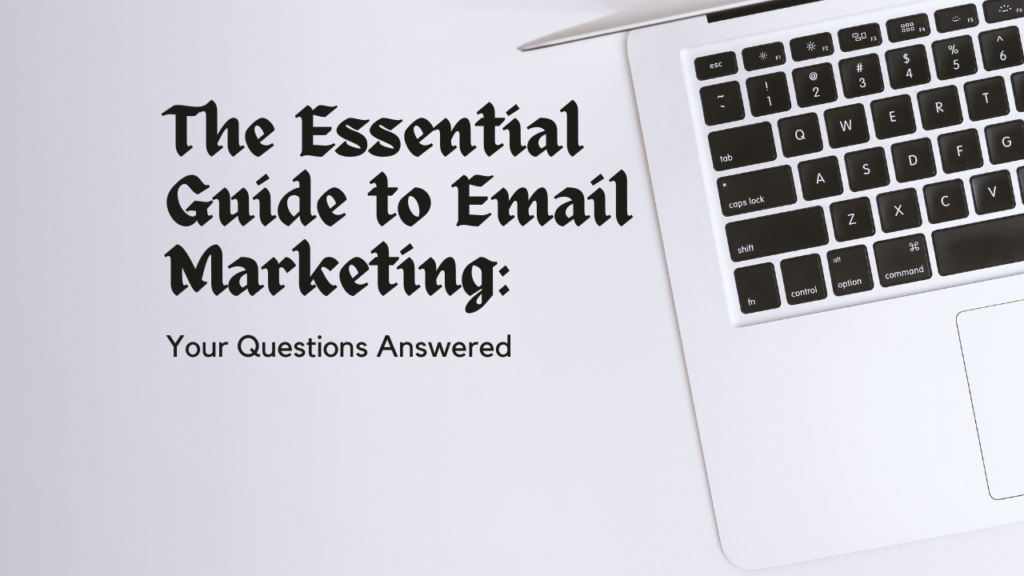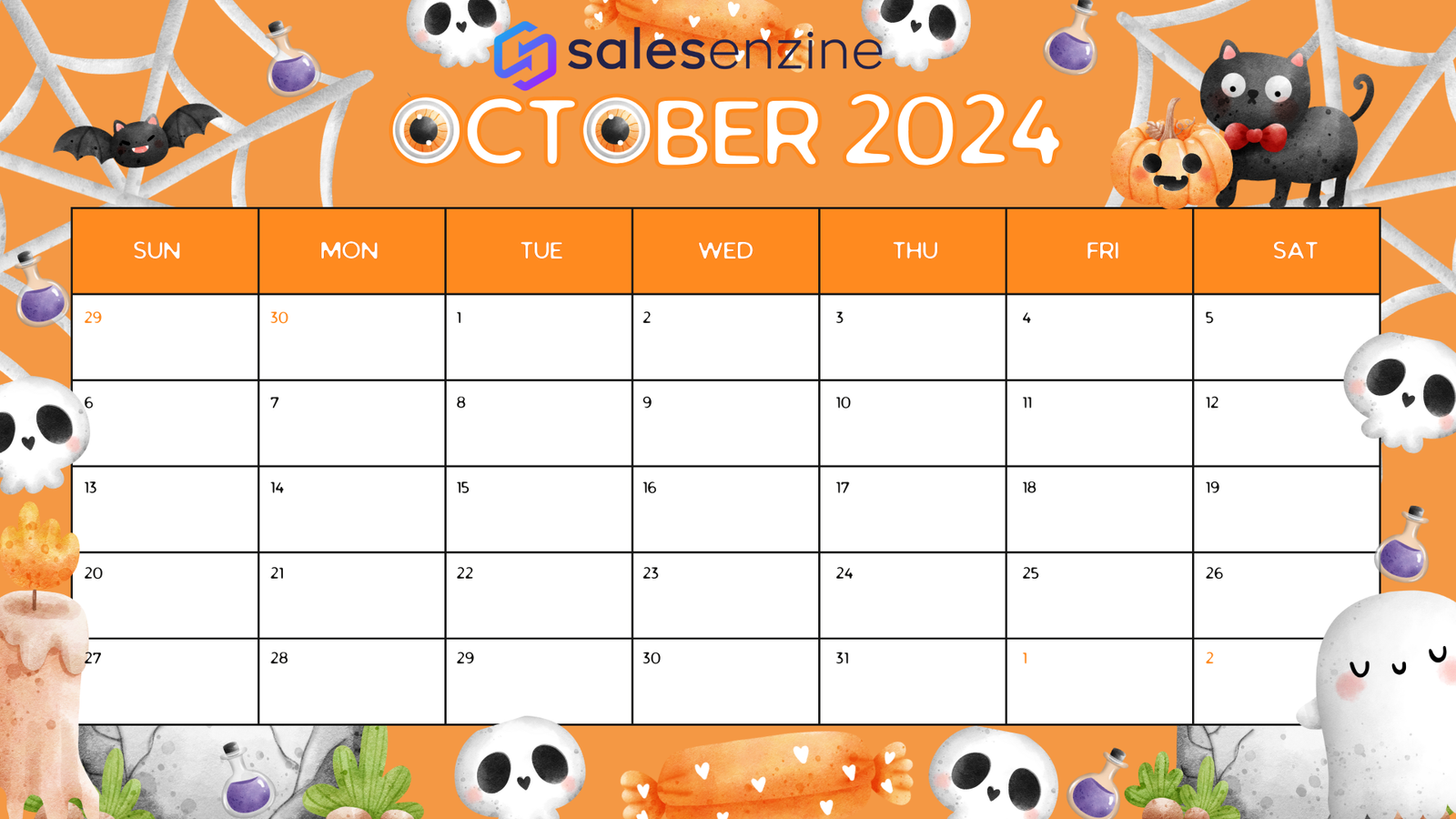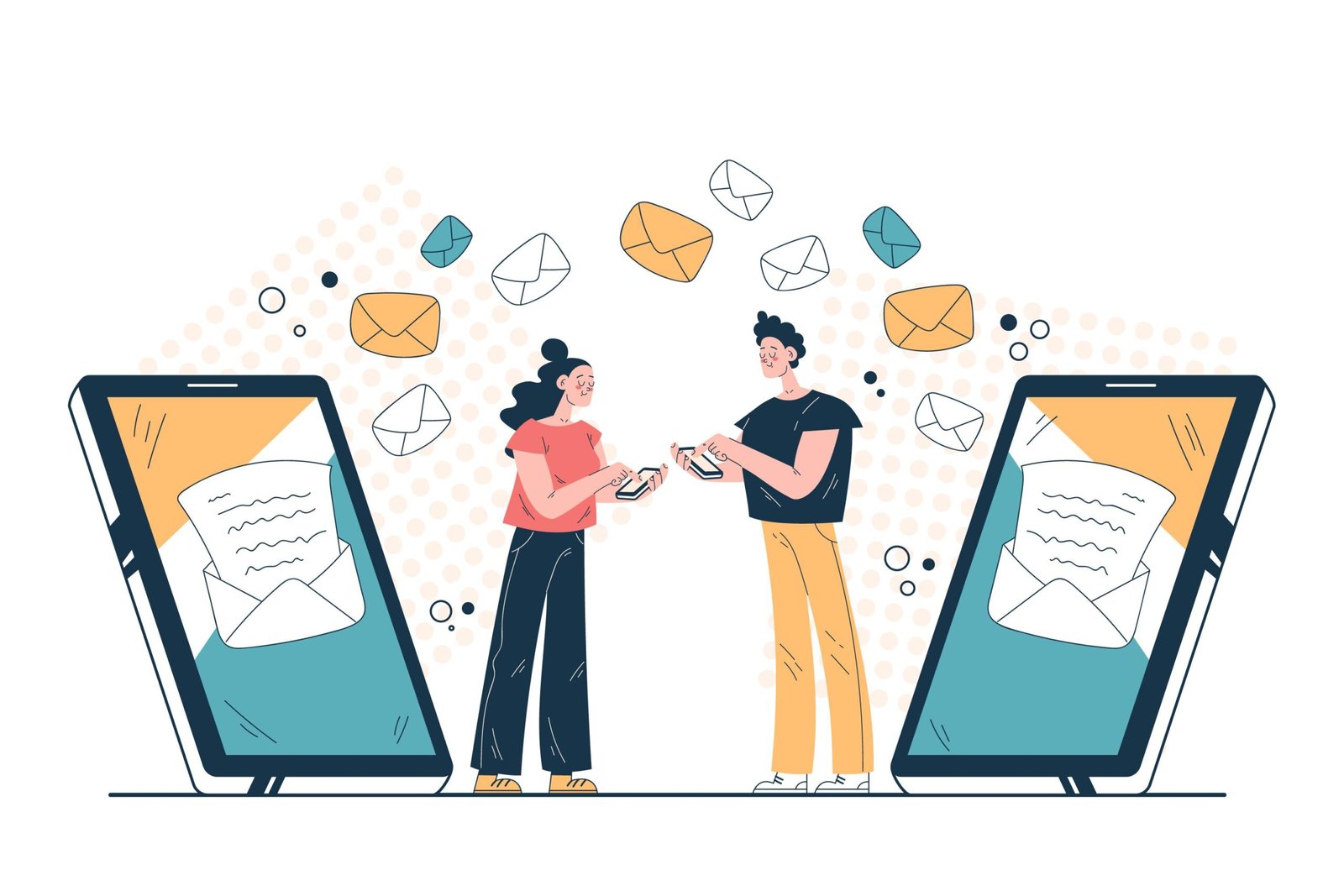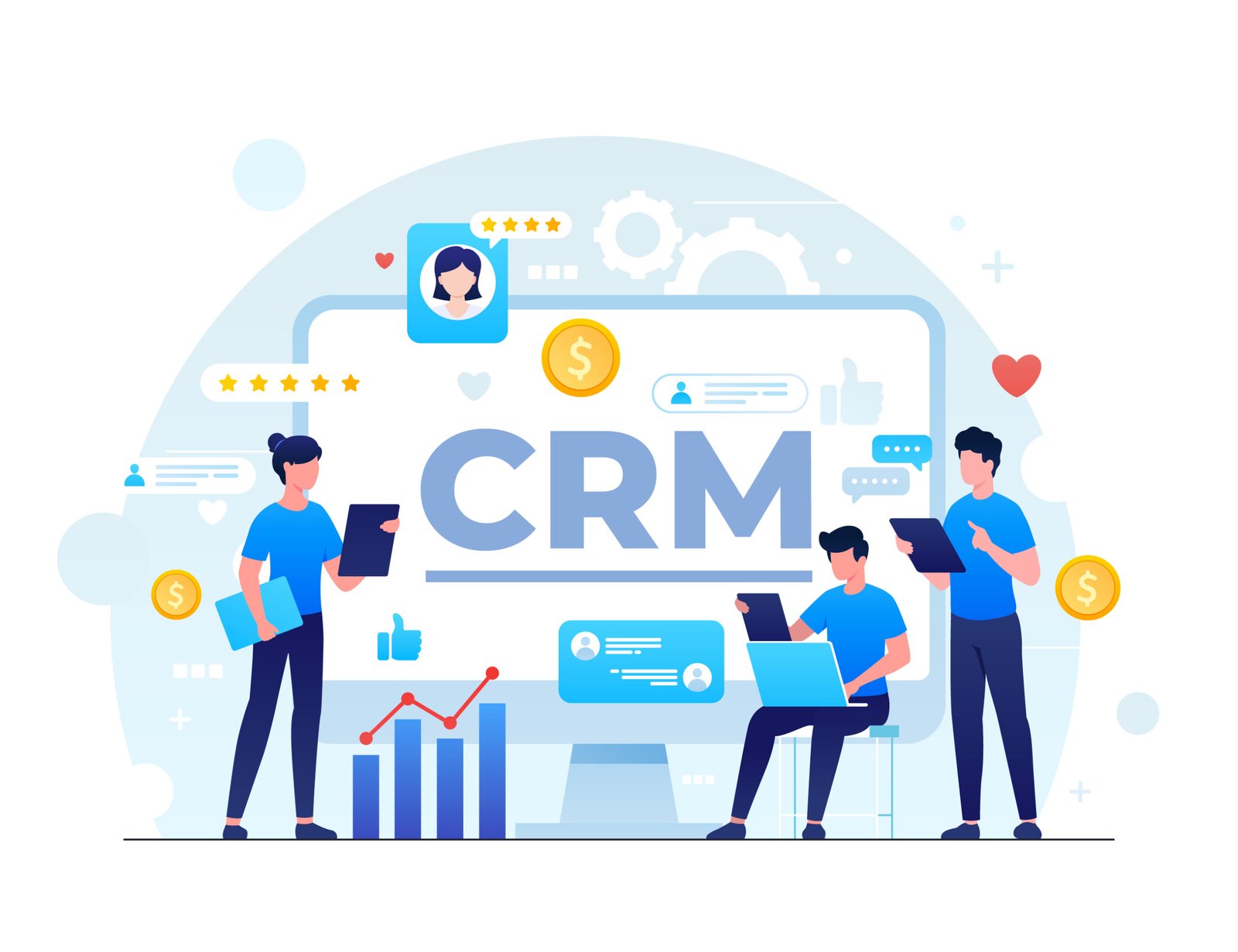Email marketing remains a cornerstone of digital marketing strategy, offering a direct line of communication to your audience’s inbox. However, with the ever-evolving digital landscape, marketers often find themselves grappling with a host of questions. Let’s dive into some of the most frequently asked questions about email marketing and provide you with the insights you need to enhance your campaigns.
- What is the Best Time of Day to Send Emails?
The best time to send emails can vary depending on your audience. However, studies suggest that mid-week days, particularly Tuesday and Thursday, during mid-morning (10 AM) or early afternoon (2 PM), tend to have higher open rates. It’s essential to test different times to see what resonates best with your subscribers. - How Long Should My Emails Be?
The length of your email should align with your message’s complexity and the action you want the recipient to take. A general rule of thumb is to keep it concise. Aim for 200 words or less in promotional emails, and if you need more space for newsletters or educational content, ensure it’s scannable with clear headings and bullet points. - What Should My ‘From’ Line Say?
Your ‘From’ line should be recognizable and trustworthy. Use your company name, a combination of your first name and company name, or a well-known brand representative. This helps to build recognition and trust with your audience. - Should I Segment My Email List?
Absolutely. Segmentation allows you to tailor your messaging to different audience subsets based on their behaviors, preferences, and demographics, leading to higher engagement rates. - Is Email Marketing Still Effective?
Yes, email marketing continues to be one of the most effective digital marketing strategies. With a significant ROI, it’s a powerful tool for building relationships and driving conversions. - What Are Email Metrics and What Do They Mean?
Email metrics are data points that measure the success of your email campaigns. Key metrics include open rate, click-through rate (CTR), conversion rate, bounce rate, and unsubscribe rate. These metrics provide insights into how well your emails are performing and where there’s room for improvement. - How Do I Grow My Email List?
Growing your email list can be done through various methods, such as offering valuable lead magnets, hosting webinars, leveraging social media channels, and ensuring your sign-up forms are visible and compelling on your website. - What is the Best Day of the Week/Time of Day to Send an Email?
Similar to question one, the best day and time can vary. However, mid-week days are generally best. It’s crucial to understand your audience’s habits and preferences through testing and analytics. - How Often Should I Send Email to My List?
The frequency of emails should be balanced to avoid overwhelming your subscribers. A good starting point is once a week, but this can be adjusted based on engagement levels and the nature of your business. - What Can I Use Email Marketing For?
Email marketing can be used for a variety of purposes, including nurturing leads, delivering content, promoting products or services, providing company updates, and more. It’s a versatile tool that can support multiple stages of the customer journey. - How Should I Test and Optimize Email Campaigns?
A/B testing is a powerful way to optimize your email campaigns. Test different subject lines, email content, layouts, and calls-to-action to see what yields the best results. Always base your optimizations on data-driven insights. - How Do I Know if an Email Campaign is Successful?
A campaign’s success is measured by how well it meets its objectives. This could be high open rates, click-through rates, or a specific number of conversions. Set clear goals for each campaign and use metrics to assess performance. - Why is Personalization in Email So Important?
Personalization can significantly increase engagement and conversions. By addressing subscribers by name, referencing past interactions, and tailoring content to their interests, you make your emails more relevant and compelling. - What is the Best Way to Use Data to Segment and Target Customers?
Use data such as past purchase behavior, email engagement, and demographic information to create segments. This allows you to send targeted campaigns that are more likely to resonate with each group, improving overall campaign performance.
In conclusion, email marketing is a dynamic and effective way to connect with your audience. By understanding the nuances of email strategy, testing and optimizing your campaigns, and staying attuned to your audience’s needs, you can craft emails that not only get opened but also drive action. Keep these answers as a handy guide, and watch your email marketing efforts thrive.









